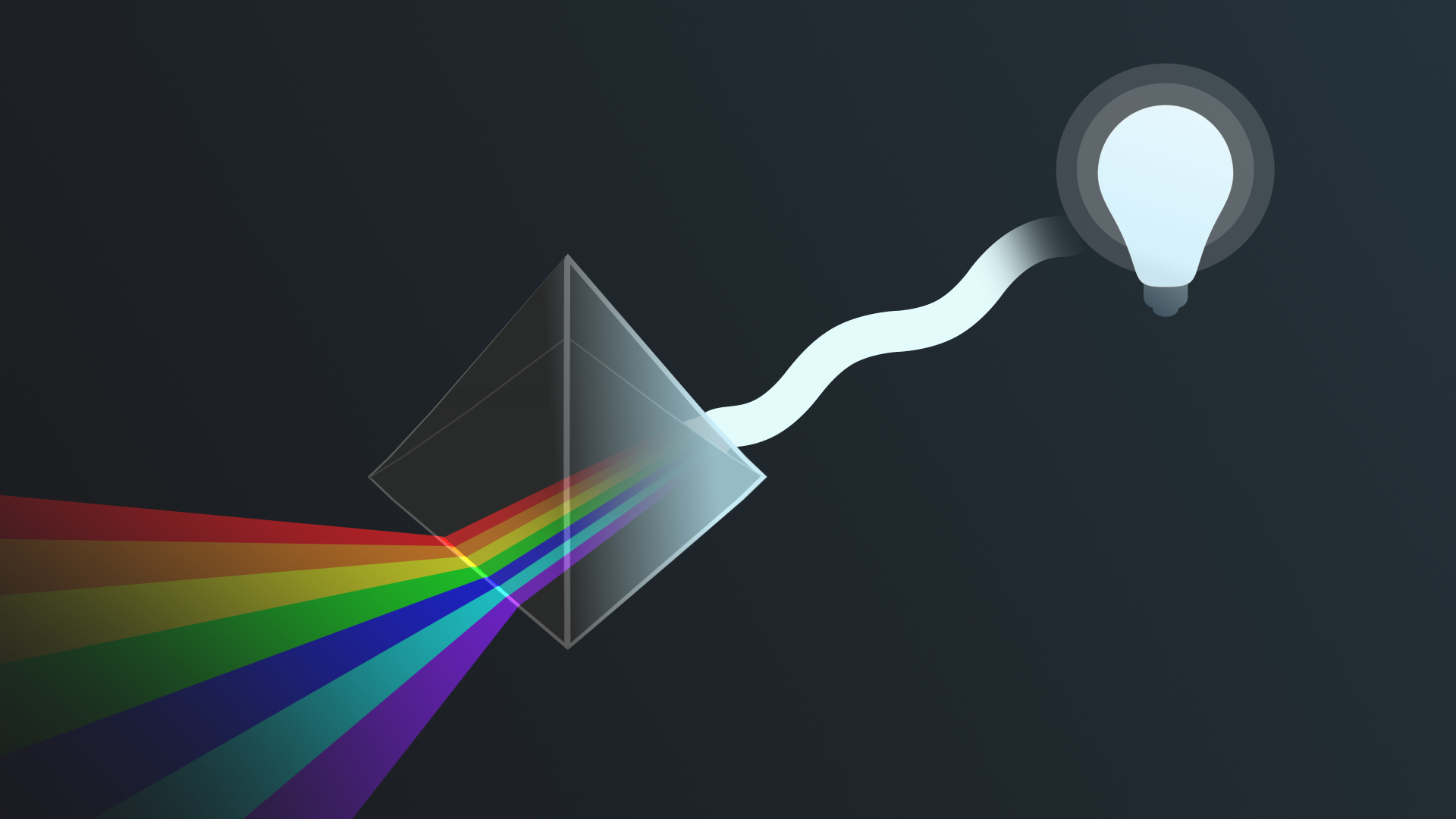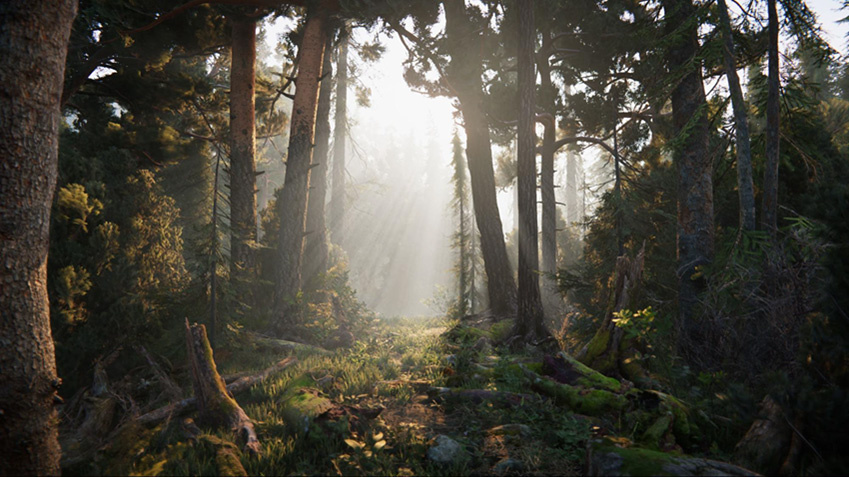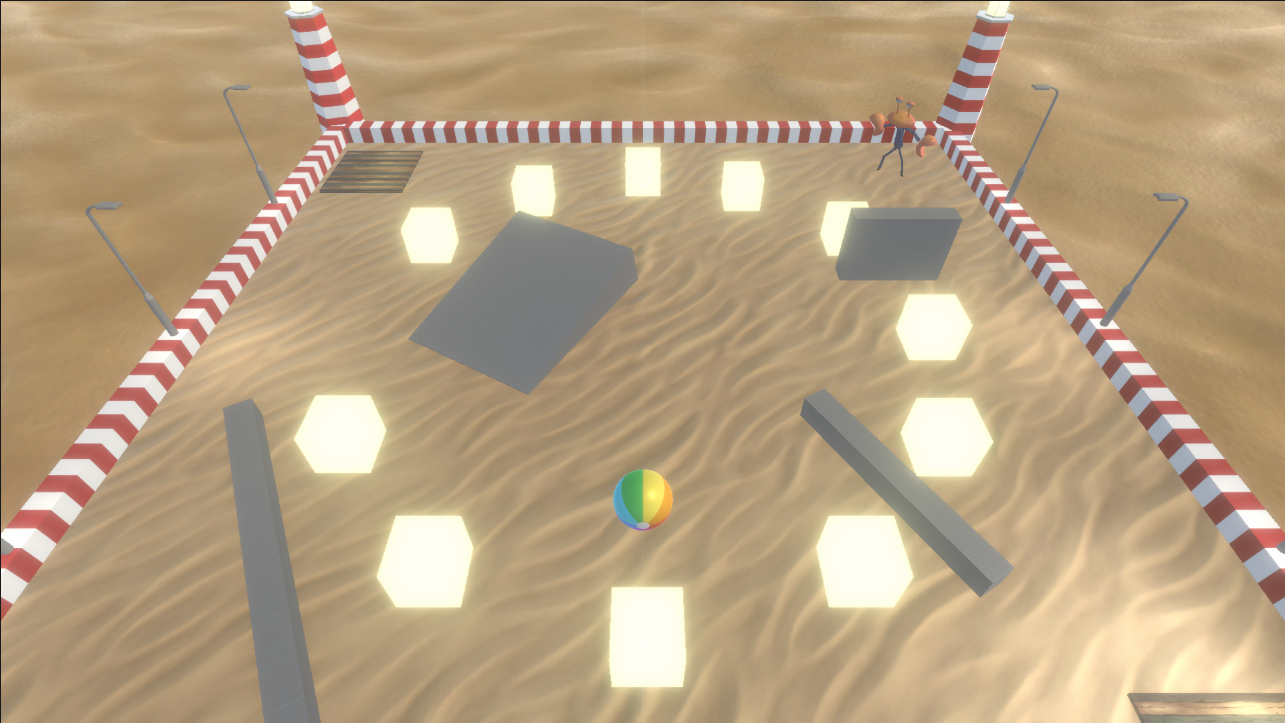Introduction to Unit 8
Tutorial
·
foundational
·
+10XP
·
5 mins
·
(11)
Unity Technologies

Lighting is a crucial element in games, as it sets the mood, enhances immersion, and influences the overall visual quality of the virtual world. Bad lighting has a detrimental effect on even the greatest models.
In this tutorial, you’ll get a quick overview of what to expect from this unit about Lighting.
1. Overview
In this unit, you’ll learn how to add lighting to your scene to make things more polished and visually pleasing.
Lighting is a crucial element in games, as it sets the mood, enhances immersion, and influences the overall visual quality of the virtual world.

In this tutorial, you’ll get a quick overview of what to expect from this unit about Lighting.
2. What you’ll do
Complete the Lighting project
To learn how to implement shaders and materials in Unity, you will first work through a new project step-by-step, learning all of the necessary skills along the way. You’ll discover the fundamental principles of lighting for real-time experiences, and gain practice lighting indoor and outdoor scenes in the Unity Editor.
Add Shaders and Materials to your own game
After you’ve completed the Lighting project, you will have all the skills you need to implement shaders and materials in your game. At a minimum, you will add the following elements:
- Additional light sources.
- Baked lighting.
- An organized Hierarchy window.
- Light probes to simulate realistic and dynamic lighting effects on objects.
By the end, your game should look something like this:

3. Next steps
Now that you have a good understanding of what to expect from this unit, you’re ready to get started. Next, you’ll get started on the Lighting project to learn how to add your own lighting to your projects.